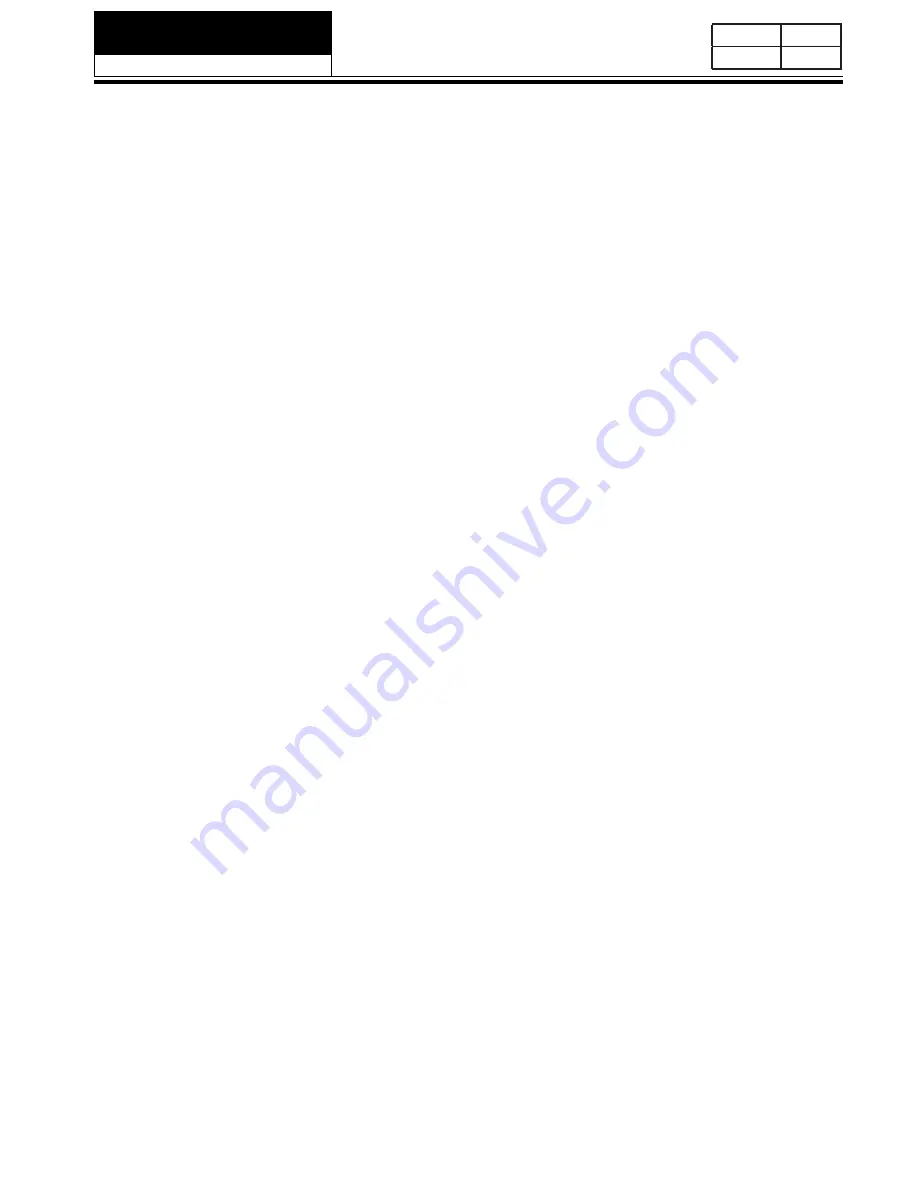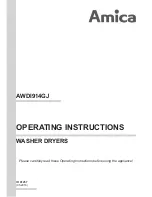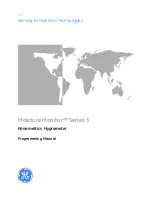
Chapter 7 Disassembly and Installation
7-1. Remove packing materials
7-2. Exhaust Requirements
SERVICE MANUL
Model No.HLTD500AGW
Issue
Rev.
- 15 -
Unpacking Your Dryer:
1. Remove all packaging material. This includes the foam base and all adhesive
tape holding the dryer accessories inside and outside.
2. Inspect and remove any remains of packaging, tape or printed materials
before using the dryer.
Use only 4 inch (10.2cm) diameter (minimum) rigid of flexible metal duct and
approved vent hood which has a swing-out damper hat open when the dryer is
in operation. When the dryer stops, the dampers automatically close to prevent
drafts and the entrance of insects and rodents. To avoid restricting the outlet,
maintain a minimum of 12 inches (30.5cm) clearance between the vent hood
and the ground or any other obstruction. The vent flap should be able to move
freely, although vertical orientation of the exhaust system is acceptable. Certain
extenuating circumstances could affect the performance of the dryer:
1. Only rigid metal duct work should be used.
2. Venting vertically through a roof may expose the exhaust system to down
drafts causing an increase in vent restriction.
3. Running the exhaust system through an uninsulated area may cause
condensation and faster accumulation of lint.
4. Compression of crimping of the exhaust system will cause an increase in
vent restriction.
5. In Canada,only foil-type flexible ducts, if any, specifically identified for
use with the appliance by the manufacturer shall be used.In the United
States,only foil-type flexible ducts, if any, specifically identified for use
with the appliance by the manufacturer and that comply with the UL
Outline for Clothes Dryer Transition Duct, Subject 2158A (2006), shall
be used.
6. The exhaust duct shall be 4 inch (102 mm) in diameter.
The exhaust system should be inspected and cleaned a minimum of every 12
months with normal usage. The more the dryer is used the more often you
should check the exhaust system and vent hood for proper operation.
















































